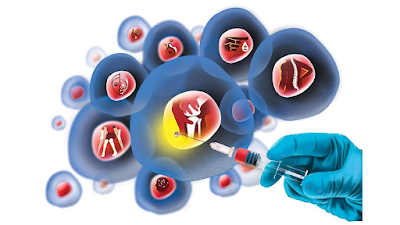THE ADVANTAGES OF PRP HAIR LOSS TREATMENT
Both men and women may experience problems with thinning hair. New methods of treating hair loss are created as medicine develops. For individuals who are eligible, Platelet-rich plasma (PRP) therapy is a very promising choice. The advantages of alternative treatment choices outweigh their drawbacks by a wide margin. Find out if this is the best course of therapy for you by reading on How Does PRP Treatment for Hair Loss Work? Platelet-rich plasma is referred to as PRP. The likelihood of an allergic reaction is quite low because this potent liquid is made from your own blood. All that's required is a tiny blood draw. The PRP is then taken out of this blood by centrifuging it. We have everything you need right in our office. The scalp is then selectively injected with pure platelet-rich plasma to activate the hair follicles. What Advantages Does PRP Hair Loss Treatment Offer? If you have been dealing with thinning hair, there are numerous reasons to think about this type of hair...





Comments
Post a Comment